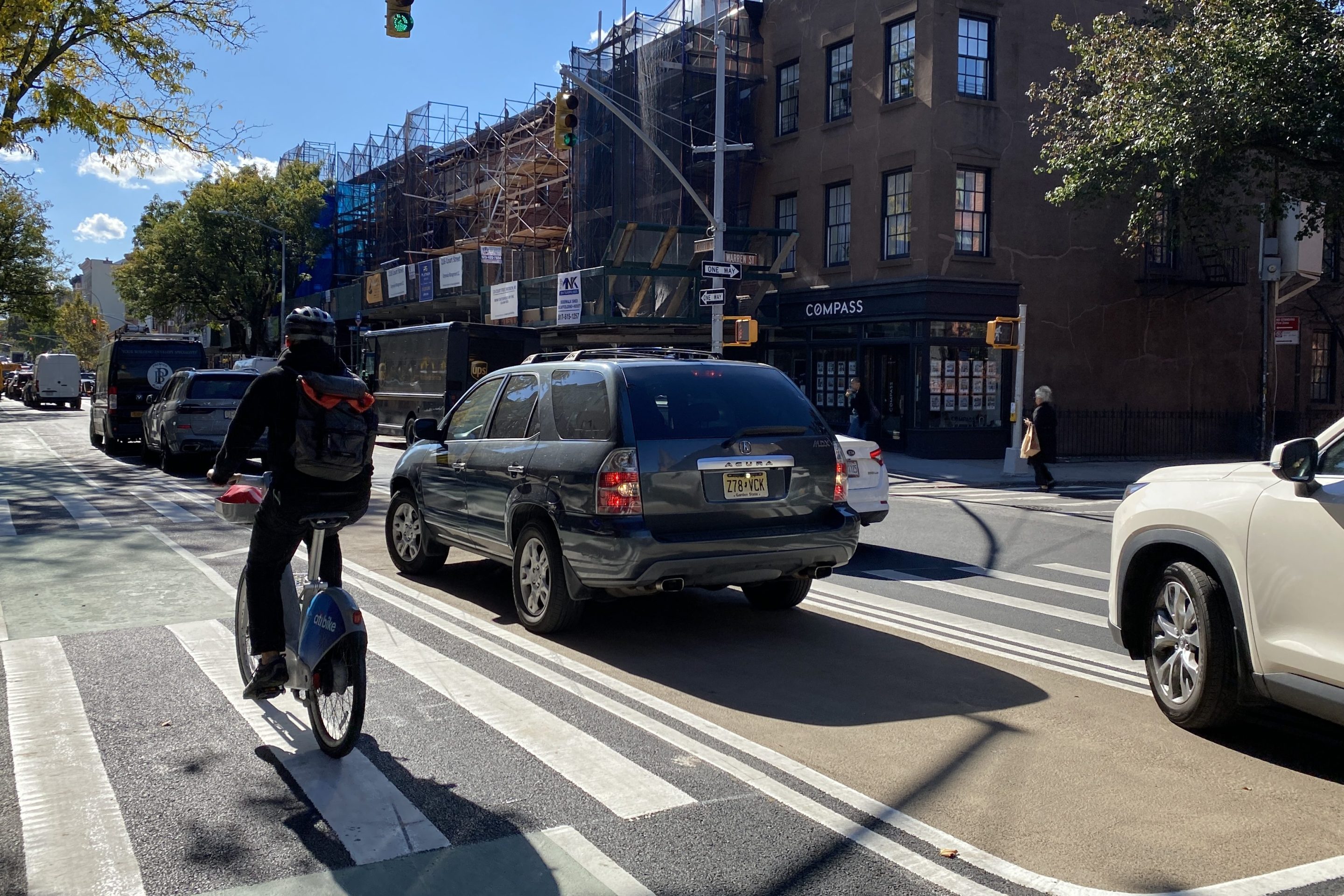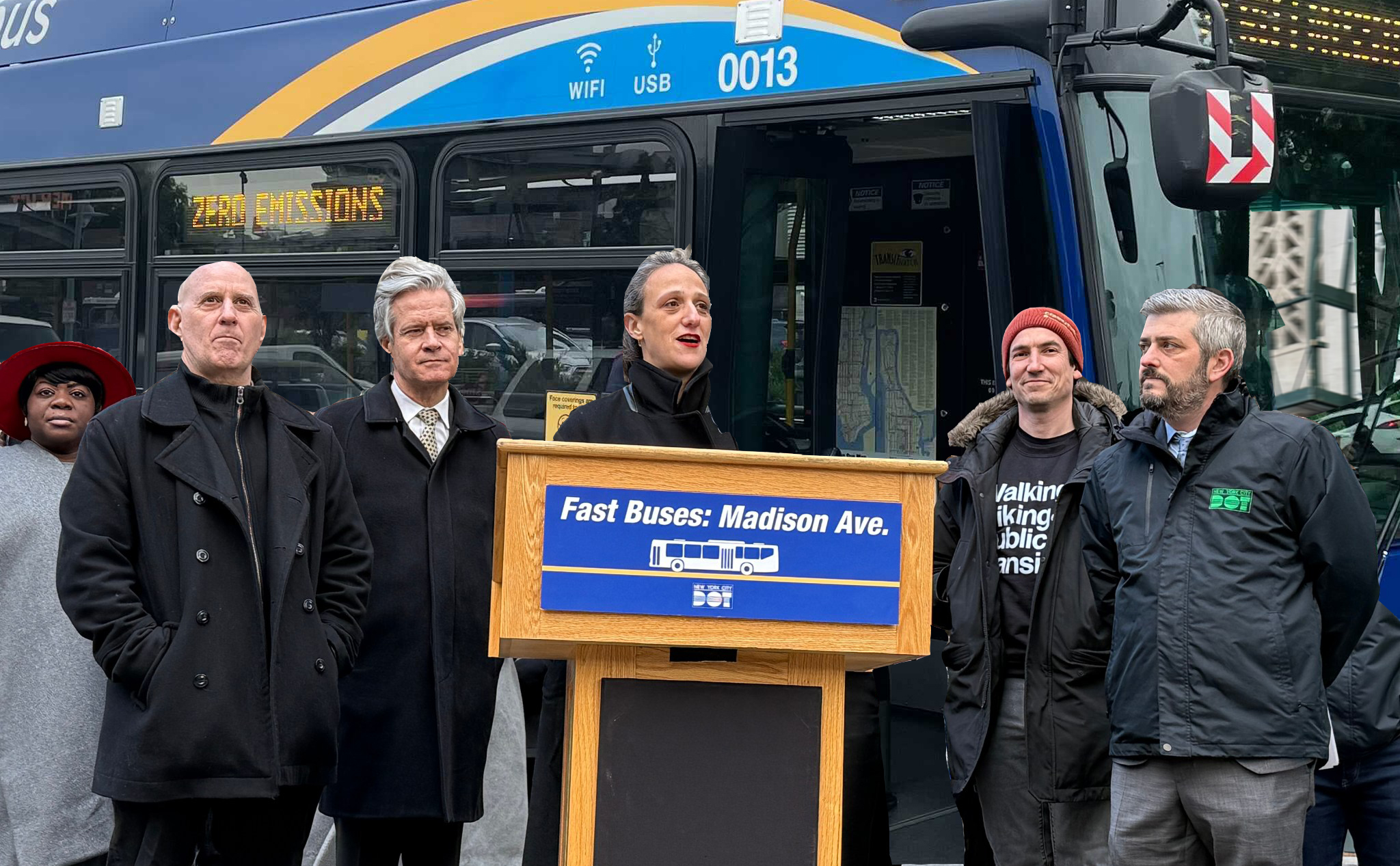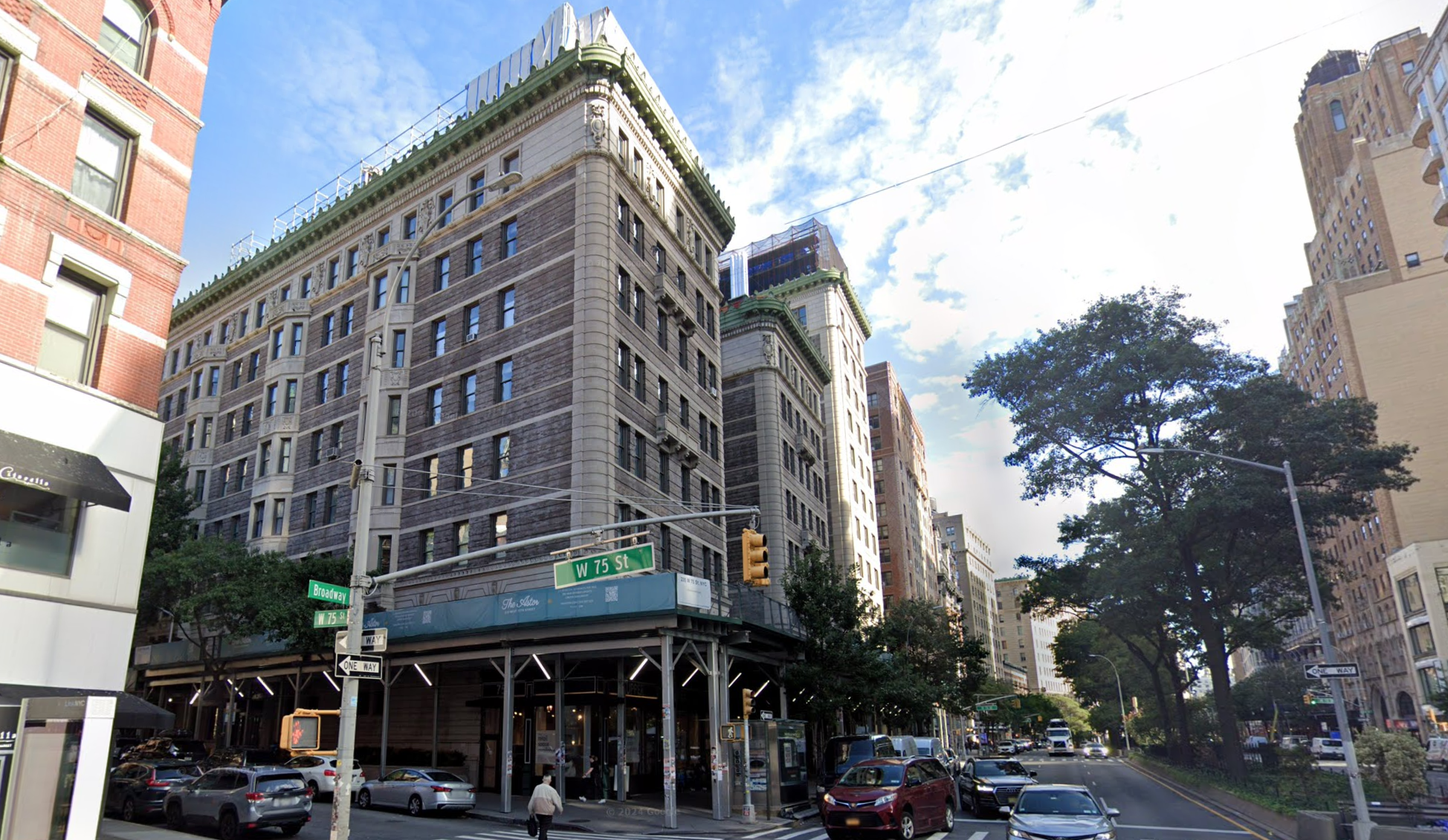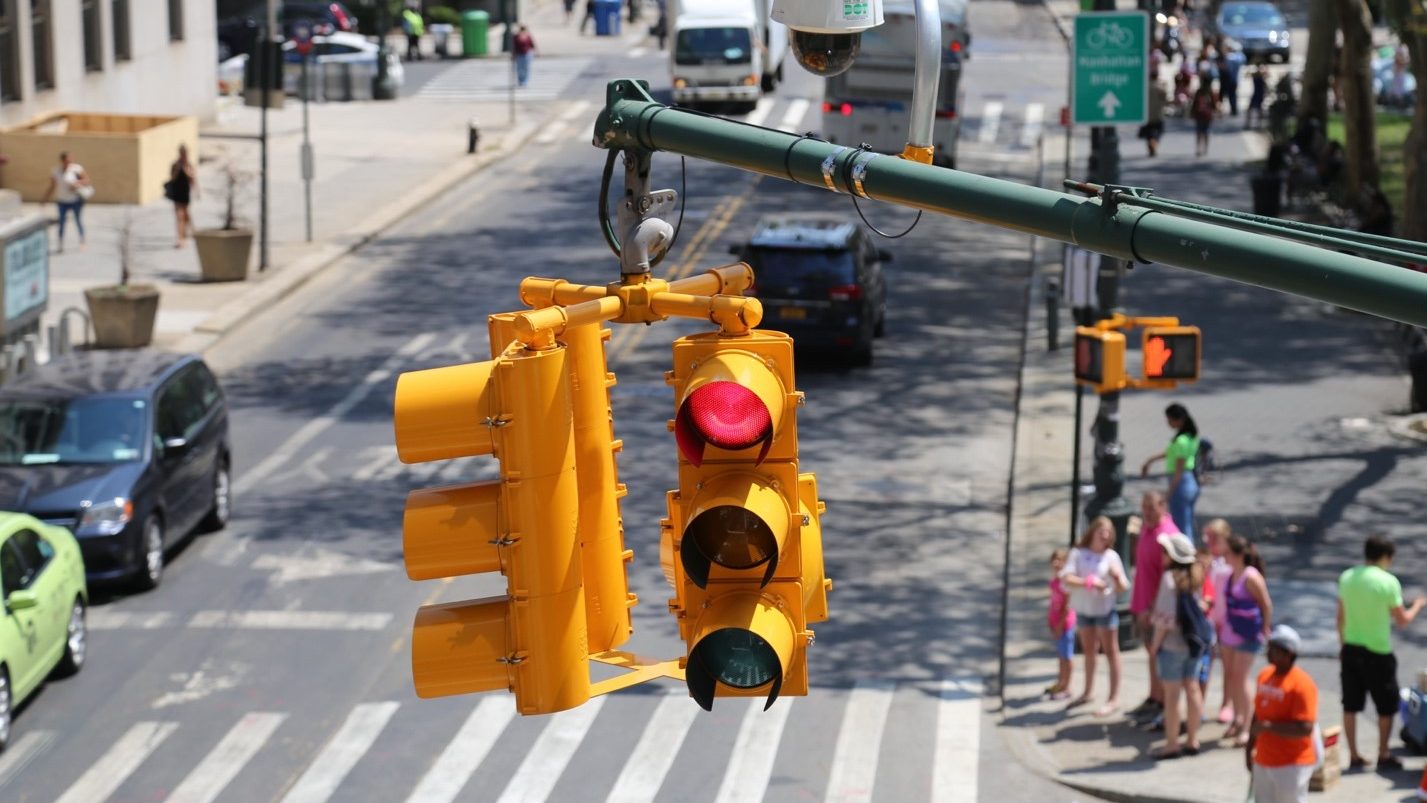Rep. Grace Meng, who has represented the Sixth Congressional District in northeast Queens (including Flushing, Forest Hills, and Bayside) since 2013 without drawing a challenger, is facing two rivals this time.
Joining her on the ballot in the June 23 primary are Sandra Choi, a Korean-American lawyer and activist, and Melquiades (“Mel”) Gagarin, a community organizer and self-described punk rocker.
Meng, a member of the powerful Appropriations Committee, is the daughter of Chinese immigrants and is running on her record as a champion of immigrants, women and children. She is “ranked the 8th most-effective legislator in the Democratic Party according to the Center for Effective Lawmaking,” her website says. She is backed by the Working Families Party.
Choi, a first-time candidate and the daughter of refugees, sees herself as a caretaker of the American Dream for diverse strivers.
“Queens is the world in 108 square miles,” she says in a campaign video, describing how she grew up as a caretaker to her grandmother while her parents ceaselessly worked. She wants to create economic opportunity and a better social-safety net.
Gagarin, an Elmhurst native who says he “advocates for a government that puts people before politics, human interest above corporate greed, and the needs of the many above the benefit of the wealthy and powerful,” describes himself as a “democratic socialist.” His platform has planks on the Green New Deal, Medicare for All, affordable housing and something called the “Golden Years Security Act” for seniors.
The Sixth CD is saturated with highways and contains some of the worst roads in the city for traffic crashes, injuries and fatalities. Residents are advocating for car-reduction solutions, especially in the form of improved bus service and routes. All three candidates completed Streetsblog’s congressional candidate questionnaire. (Gagarin, in fact, included a position paper on such transportation issues as bus rapid transit and bike-share subsidies.) Their unedited answers appear below (in alphabetical order).
What would be your top transportation policy agenda item as a Congress member?
CHOI: Top transportation policy agenda is to invest in zero-emissions public transportation including electric-powered bus fleets as well as invest in addressing issues of disability accessibility.
GAGARIN: The passage of the Green New Deal, with a massive portion allocated to the complete revitalization and rethinking of transportation in America.
MENG: Above all else, I am committed to the safety and accessibility of public transportation. My constituents in Queens rely on public transit, often crossing boroughs to commute to work, school, or to see family.
I am proud of the work I did for years to get MTA to make the Flushing and Murray Hill LIRR stations ADA accessible, supported the LIRR's platform extension at the Kew Gardens LIRR stop, and have worked hand in hand with the community to fight for an LIRR stop in Elmhurst. Elmhurst is a dynamic community that continues to thrive, and has grown tremendously since the LIRR stop was closed. Returning LIRR service would help meet the growing needs in that area.
I have fought for and supported Capital Investment Grants, which fund public transportation in big cities, and have supported BUILD Grant applications, which allow for investment in rail and transit. At every opportunity, I am working to ensure that Queens is not forgotten about as a critical element of City’s public transportation system.
What should the federal government do to stop the massive increase in pedestrian deaths nationwide, which are rising due to the size of SUVs and increasingly distracted driving?
CHOI: Incentivizing programs for good driving will be more effective in conjunction with rules against distracted driving. Continual and strong reminders and reinforcements of good driving strategies and identification of distracted driving.
Capitalizing on vehicular safety technologies, making these more affordable to integrate into vehicles. Increase pedestrian defensive strategies to keep them safe from dangerous traffic, pedestrian, and road conditions.

GAGARIN: SUVs are particularly dangerous because of their poor sightlines, high clearance, and emissions. I support taxing SUVs to discourage their purchase and reclassifying them as trucks.
We need to drastically reduce the usage of private vehicles in general; increase licensing requirements for motorists; and create bikeable, walkable, and livable cities.
The creation of infrastructure that improves safety by physically separating and slowing vehicular traffic from pedestrians and cyclists would do a great deal in reducing death and injury.
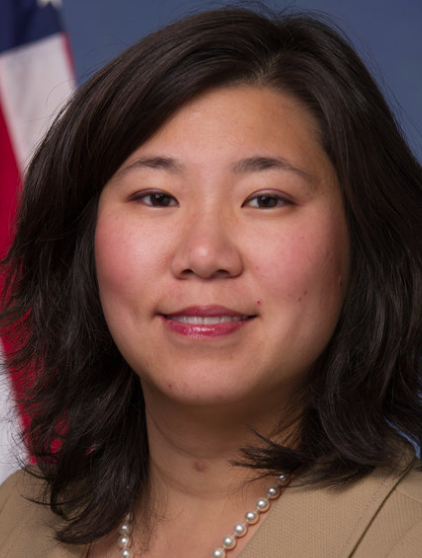
MENG: For the duration of my time in office I have been a strong advocate for ending pedestrian deaths.
As a member of the House Appropriations Committee, which is responsible for funding our federal government, including the Department of Transportation, I secured a provision to ensure continuous funding of NHTSA programs that support efforts to educate the public and enforce laws promoting safe driving habits, as well as $24 million in distracted driving grants.
I am a cosponsor of the Support Safe Roads Act, which makes highways around the nation safe for drivers by requiring DOT to ensure that all new commercial motor vehicles are equipped with an automatic emergency breaking system.
I am committed to keeping passengers safe from distracted drivers, as well. I have strongly supported legislation that would require cars to be equipped with an alert system to detect the presence of an occupant (like a child or an animal) in a rear designated seating position after the engine is turned off. This legislation is designed to protect children and pets from being left in a dangerously hot car when the driver leaves.
I have also worked to educate families in my district about tips and tricks during Halloween or back-to-school seasons. These are particularly dangerous times for kids who might be killed by distracted drivers.
How do you feel about current federal allocation formulas for highway spending versus transit? If not, what is the correct formula? What would you change about federal transportation funding generally, and what would you like to see in terms of funds for your district?
CHOI: There are many formulas and laws and transit-funding policies, however by far there are issues with persons with medical conditions who wish to move and visit places without fair access due to their own medical limitations. This prevents them from gainful employment opportunities as well as living their lives.
A new federal transportation and transit policy needs to focus on protecting accessibility persons and fund that so people who wish to be included in the economy can be included.
GAGARIN: Federal allocation formulas for transit relative to highway spending are very poor. I support a 2:1 ratio of transit to highway spending. I would also like to see funding for the maintenance of existing infrastructure rather than the creation of new roadways. We need capital reconstruction of roads to make them more accessible, bike, and pedestrian friendly.
My district is by and large a transit desert. Many of my constituents are car owners for that very reason. I would like to see massive transit funding for my district so we can develop more safe, convenient, reliable, accessible, and affordable transportation for all.
MENG: I am strongly in favor of recalculating the formula responsible for allocating highway spending vs. transit. I would like to see this formula be amended to incentivize the use of public transportation, be weighted for innovative programs, and incentivize commuting by public transportation.
What could the federal government do to promote transit better?
CHOI: The federal government needs to begin investing in public and private partnerships that improve equal access to all people who wish to use or need transportation. This needs to be more practically accessible.
GAGARIN: The federal government can promote better transit through increased funding; incentives to states for transit-, bike-, and walking-friendly land use policies; discouraging private car ownership; and destigmatizing the bus.
MENG: In Congress next week we will begin consideration of the Surface Transportation Reauthorization bill (the INVEST Act), which provides an enormous opportunity to invest in public transportation and introduce a strong, progressive vision for infrastructure reform.
The draft bill already includes priorities that I support and that would help to keep Queens safe and healthy. Some of these include: an increase and change in the funding formula for the Transportation Alternatives Program, which will allow the funding limits for this account to grow over time as broader surface transportation funding increases. This draft also includes expansions to the Safe Routes to School Initiatives, which uses non-law enforcement approaches to improve personal safety for kids walking and biking to school.
This reauthorization bill is one example of the way that the Federal government should be creating and expanding grant programs with specific parameters to encourage cities like New York to improve transit options.
What have you done in your career to get reckless drivers off our streets. Please be very specific.
CHOI: N/A
GAGARIN: My career has been primarily focused on civil rights and criminal justice reform. However, in 2009 successfully petitioned NYCDOT to install additional speed bumps on Alderton Street in Rego Park in support of community concerns over speeding and crashes.
I have also proudly stood alongside TransAlt advocates in their fight to get Queens Boulevard completed.
MENG: One of my major areas of focus has been keeping reckless school bus drivers and school busses off the road. I introduced legislation that would prohibit schools from employing school bus drivers who have been convicted of, or plead guilty to, drunk driving or a driving-related felony.
I also introduced legislation, which passed the House, requiring the GAO to study laws that cover things like bus maintenance and driver training, and propose recommendations on best practices to improve safety and reliability of school bus transportation.
How can Congress support active transportation such as biking, walking and micromobility?
CHOI: Congress can invest in placemaking economic-development strategies that invest in and promote different forms of mobility, especially in highly congested urban neighborhoods or transit deserts in the neighborhoods of the outer boroughs.
GAGARIN: I would like to see tax credits for bicycle purchases and maintenance. I would also like to subsidize bike share. A national revitalization and improvement of walking and accessibility infrastructure, and the pedestrianization of cities.
MENG: I have supported bills that would provide tax credits to incentivize biking or walking to work, and believe that these incentives should be passed into law. I also support, and wish to see expanded, federal grant programs that support state and local improvements to bike lanes and extended pedestrian walkways.
Is there a safety, design or enforcement strategy that is not being deployed that you think is vital to making our roadways, sidewalks and public spaces work better for everyone? How would you promote it in office? (Hint: This is a “visionary” question, so don’t think small.)
CHOI: Find new structures and technologies to protect pedestrians on the curbs, streets and crosswalks. Broadening rear-view and front camera and anti-collision systems with artificial intelligence, machine learning, augmented reality, and smart intuitive robotics. Transportation safety will become a greater area for public service and professional-service education and career experiences. Driver and pedestrian public education to inform them of serious risks being around vehicular traffic and ways to avoid and lower those risks.
GAGARIN: Drastically reduce private car ownership.
MENG: COVID-19 represents a critical moment to reclaim public spaces. We have seen that public, green space is not just “nice to have” but is a public health imperative. The changes we are making in New York, and in cities around the country, to prioritize pedestrians – whether to expand sidewalks to allow people to pass each other with room to spare, slowing down speed limits on certain streets to protect pedestrians, or allowing outdoor seating to eat up some of the road – should not just be a short term solution that ends when we have a vaccine for this pandemic. I strongly believe that we should be capitalizing on this opportunity to support small businesses and save lives, well after we have stopped mandated social distancing.
We have already seen COVID supplemental funding be used to support critical and longstanding infrastructure needs. Through the last COVID supplemental package, we were able to secure $3.9 billion for MTA, which they critically need.
I will support these initiatives by taking advantage of COVID supplemental funding bills to invest in grants for these long term projects, and will promote similar grant programs and funding priorities in the Fiscal Year 2021 budget.



